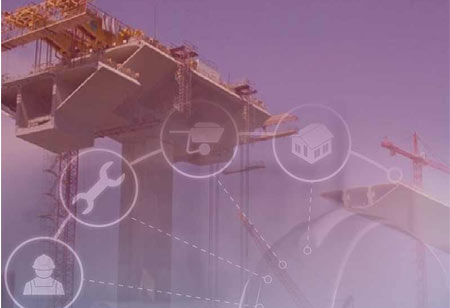Thank you for Subscribing to Construction Business Review Weekly Brief
Specials
- Apartment and Condominium Contractors Canada
- Decking Canada
- Architectural Glass Europe
- MEP APAC
- Construction Saudi Arabia
- German Apartment and Condominium Contractors
- Construction Law APAC
- Outdoor Construction
- Foundation Construction Canada
- MEP Canada
- Kitchen and Bath
- Cold Storage Construction APAC
- Precast Concrete Europe
- Construction Staffing Europe
- Pre-Construction Services
- Flooring System APAC
- Scaffolding Canada
- Swimming Pool Construction Canada
- Construction Management Canada
- Cold Storage Construction Canada
- Flooring Systems Europe
- Residential Construction
- Concrete Canada
- Construction Cladding Europe
- Construction Cladding APAC
- Concretes, Aggregates and Construction Materials APAC
- Concretes, Aggregates and Construction Materials Europe
- Commercial Contractors Europe
- Commercial Contractors APAC
- Dummy
- Construction Insulation, Coating and Waterproofing
- Construction Management APAC
- Landscaping Canada
- Construction Coating Europe
- Construction Tech Startups Europe
- Insulation Services Europe
- Mechanical Contractor Canada
- Mould Remediation and Testing Europe
- Swimming Pool Construction APAC
- Building Sealing Solutions Europe
- Construction Engineering Services
- Mechanical Electrical and Plumbing
- Roofing Systems Europe
- Architectural Glass APAC
- Startups APAC
- Construction Forensic and Owners Representative
- Flooring System
- Waterproofing APAC
- Wall Systems
- Safety and Compliance Europe
- Construction Bidding and Auctions
- Modular and Prefab Construction
- Architectural Glass
- Construction MENA
- Construction Demolition and Recycling Europe
- Modular Construction Europe
- Construction Interiors
- Steel Building APAC
- HVAC
- Doors and windows
- Construction Latam
- Building Information Modeling APAC
- Sustainable Construction APAC
- Building Restoration and Maintenance
- Commercial Contractors
- Specialty Construction
- Construction Engineering Canada
- Construction Engineering MENA
- Modular Construction Canada
- Modular Construction APAC
- Roofing and Siding Systems
- Workforce Management and Staffing
- Roofing Systems APAC
- Construction Consulting
- Steel Building Europe
- Construction Demolition and Recycling APAC
- Safety and Compliance APAC
- Concretes, Aggregates and Construction Materials
- Construction Cladding
Advantages of Building Information Modeling (BIM) in Healthcare Construction Projects
The need for hospitals and healthcare institutions has skyrocketed after the pandemic. Building delays threaten delivery deadlines

By
Construction Business Review | Saturday, September 30, 2023
Stay ahead of the industry with exclusive feature stories on the top companies, expert insights and the latest news delivered straight to your inbox. Subscribe today.
This article examines the significance and benefits of BIM technology in healthcare construction projects.
Fremont, CA: The need for hospitals and healthcare institutions has skyrocketed after the pandemic. Building delays threaten delivery deadlines and quality as the healthcare building sector accelerates to fulfill the crucial demand for well-equipped treatment centers, testing labs, and quarantine rooms.
Implementing BIM technology for hospital infrastructure is a winning approach for AEC firms looking to speed up and improve the quality of their building. BIM models that are highly detailed, information-rich, and coordinated lower the risk of errors, improve scheduling, achieve estimation accuracy, and assist project managers in developing unique infrastructure. Prefabrication allows for even more immediate wins.
Significance of BIM: BIM in healthcare improves collaboration among stakeholders, including architects, general contractors, modelers, designers, fabricators, and owners. Fully integrated and information-rich BIM models streamline approvals, design, and building activities, whether following social distancing rules or creating new hospital sections to manage growing patient intake. BIM lowers waste and maximizes value throughout the construction process for healthcare projects.
Benefits of BIM in Hospital Set-Ups
They are fast:
While the need for healthcare facilities is increasing exponentially, their inherent complexity could slow the speed of development projects. Healthcare project building can be accelerated most effectively with BIM tools. Better scheduling, planning, and collaboration among different disciplines contribute to a quicker building process by reducing the need for later, expensive rework. Timelines have also been shown to be significantly shortened using prefabrication technologies.
Cost-Efficient and Enhanced Coordination:
Cross-functional teams can communicate more clearly about project roles, responsibilities, scope of work, etc., by using detailed 3D BIM models.





